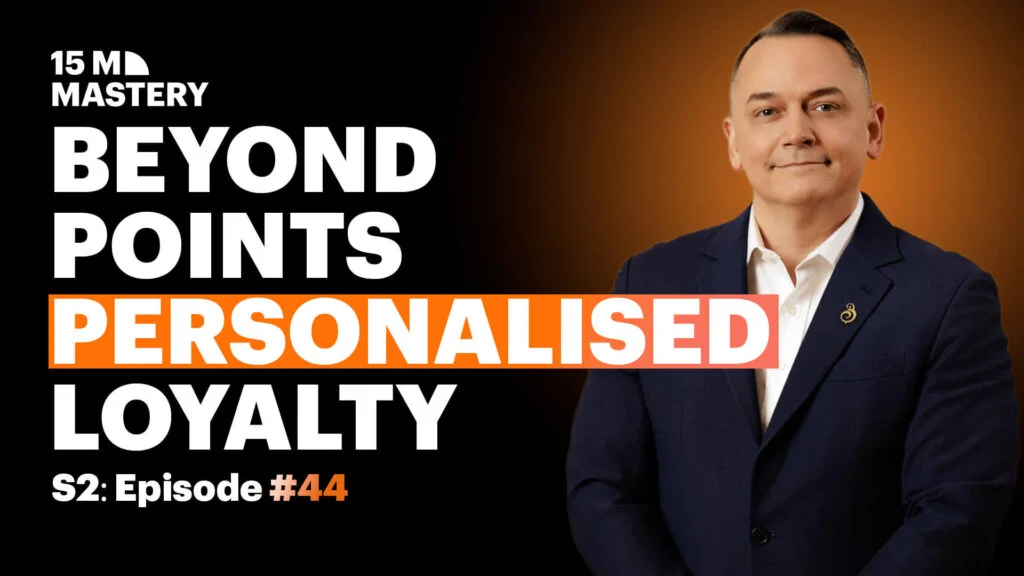The Subtle Discipline of Luxury: What Casinos Can Learn from Five-Star Hospitality
From lighting to language, from team habits to personalisation, Kevin has spent over three decades shaping venues that deliver five-star service with discipline and intention. In this episode of 15M Mastery, he explains how luxury is built, and where most brands get it wrong.
Luxury Starts at the Door
Before any technology, bonus, or brand can impress a player, the first point of contact must feel effortless. That starts with the arrival experience.
“If there’s any confusion at the entrance, where to go, who to speak to, you’ve already lost the tone,” says Kevin. “Luxury begins with clarity. There should be someone there immediately. A relationship person. Not just signage.”
This early moment isn’t logistical, it’s emotional. From the first few seconds, the player should feel guided, welcomed, and understood.
The Emotional Power of Lighting and Scent
One detail most operators overlook? Sensory cues. For Kevin, two stand out as the most influential.
“Lighting sets the emotional tone more than anything else,” he says. “No harsh lights. No cold brightness. Think warmth, softness, sophistication. And scent, used properly, can make people feel instantly happier. That’s why we even have our own subtle fragrance at Bombay Club. Don’t tell anyone.”
It’s these details, repeated flawlessly, that build the mood players associate with high-end experiences.
Protecting the Luxury Standard at Every Touchpoint
Consistency isn’t automatic. It must be trained, rehearsed, and internalised by the team. Kevin’s approach leans on preparation and role-play.
“You need brand standards and manuals, yes,” he explains. “But also: storytelling, regular training, service recovery rituals, and staff empowerment. Every team member must feel ownership over the guest’s experience.”
He also places emphasis on interpreting standards with grace. In luxury, perception is reality, and how well the team aligns behind shared expectations determines whether the brand promise holds up.
Brand Attributes That Actually Matter
Luxury brands are often built on soft signals, but Kevin’s view is that those signals must be deeply personal.
“Online, your RNG is the same as everyone else’s. But if you can connect players to their favourite live dealer, someone they know, that creates intimacy,” he says. “Offline, it’s about knowing what not to do.”
He recalls a client who specifically asked staff not to add fresh pepper to his meal, and was ignored 30 times. “They never complained. They just quit quietly. That’s what non-luxury looks like.”
The Minimum Data Luxury Requires
While some brands dig into VIPs’ social profiles to tailor their experience, Kevin believes in something simpler and more human: team alignment.
Every shift starts with a 5-minute ritual, a quick meeting to share reminders, guest preferences, success stories, and even service mistakes.
“It’s about repetition,” he says. “Reinforcing culture, values, and stories. And always remembering: we’re not just serving food or games. We’re shaping emotions.”
Training That Sticks
When asked which training methods work best, Kevin doesn’t hesitate.
“Role playing. Service recovery. And making sure the team knows how much they matter,” he says. “If the leadership isn’t visible and leading by example, nothing else works. But if your staff feel empowered, they will protect the brand standard on your behalf, and that’s the highest form of luxury.”


